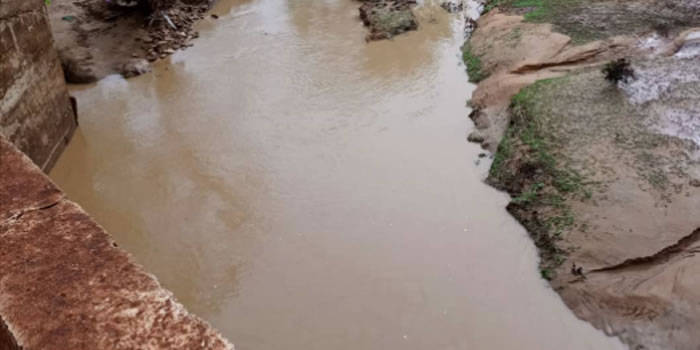

The Bongo District is one of the 13 districts in the Upper East Region. It was created by Legislative Instrument 1446 (LI 1446) in 1988 with Bongo as its capital. The district lies between longitudes 0.45o W and latitude 10.50o N to 11.09 and has a total land area of 459.5 square kilometres. The Bongo District shares boundaries with Burkina Faso to the north, Kassena-Nankana East to the west, Bolgatanga Municipal to the south west and Nabdam District to south east. The district lies within the Oncho-cerciasis-freed zone.
Physical Features
Climate and vegetation
The climate of the district is similar to that experienced in other parts of the Upper East Region. Mean monthly temperature is about 21oC. Very high temperatures of up to 40oC occur just before the onset of the single rainy season in June and low temperatures of about 12oC can be experienced in December when desiccating winds from the Sahara dry up the vegetation. During the dry season ideal conditions are created for bush fires, which have become an annual phenomenon in the area. The district has an average of some 70 – rain days in a year with rainfall ranging between 600mm and 1400mm. The rains fall heavily within short periods of time, flooding the fields and eroding soils into rivers. However, the fields dry up soon after the rainy season.
Geology and minerals
Granite rocks lie under the entire Bongo District. They have well-developed fractures, which make the drilling of boreholes and wells possible. The granite rocks obtrude all over the landscape and could be a source of material for the construction industry. These granite rocks are coloured pink, coarse grained and potassium rich. Hornblende and a little biotite are some of the constituent primary minerals in the district.
The granite has a rectangular joining and weathers into large upstanding masses and blocky-perched boulders. The Bongo hill rises several hundreds of meters above the surrounding land with steep and craggy sides. The rocks could be a source of tourist attraction with revenue accruing to the district assembly and people.
Soil characteristics
The Bongo group of soils is developed from the Bongo granites. They are characterized by numerous groves of baobab trees. The parent materials of the soils have been known to be very productive due to the high potash and phosphate content. Human population densities are high in the district and owing to long periods of intensive farming accompanied by mismanagement of the land, soil exhaustion and erosion are prevalent.
Generally, the Bongo soils consist of about 3 inches of very slightly human stained, crumbly coarse sandy loan overlying reddish brown, fine blocky, very coarse sandy loan containing occasional incompletely weathered feldspar particles. It grades below into red, mottled pink and yellow coarse sandy clay loan of partially decomposed granite.
Date Created : 12/5/2017 1:15:20 AM











 facebook
facebook
 twitter
twitter
 Youtube
Youtube
 +233 593 831 280
+233 593 831 280 0800 430 430
0800 430 430 GPS: GE-231-4383
GPS: GE-231-4383 info@ghanadistricts.com
info@ghanadistricts.com Box GP1044, Accra, Ghana
Box GP1044, Accra, Ghana